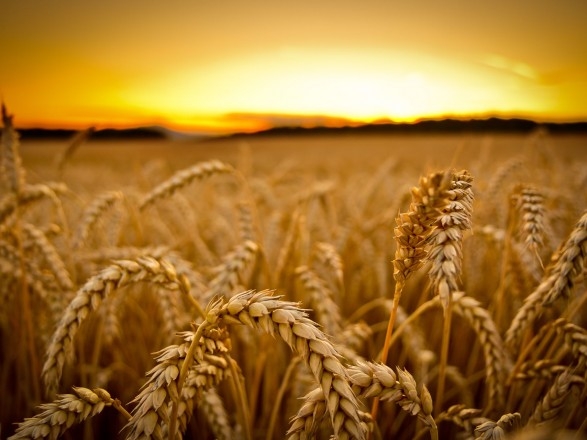Dry weather in Ukraine, Brazil and Australia and rains in the US will affect agricultural markets in the near future

In the agricultural regions of the Midwest and the Great Plains of the United States , showers will pass in the coming days, which will delay the harvesting of soybeans and corn, but will improve soil moisture on the eve of planting winter wheat. Already from the middle of next week, the precipitation will end, so the pace of field work will increase.
Canola and spring wheat are being harvested in Canada amid dry weather. In Saskatchewan, on September 18, spring wheat was harvested on 88% of the area, canola – on 65% of the area.
In the south of Brazil, there are periodic rains, which will continue next week. They lead to flooding and delay the harvesting of second-crop corn, but facilitate planting of first-crop soybeans and corn. In the central state of Mato Grosso, the heat still prevails at 35-38 o C, and farmers are in no hurry to sow soybeans and corn, waiting for the rainy season.
In Argentina , rains and showers will continue next week, which will replenish soil moisture reserves ahead of soybean and corn planting.
Over the entire territory of Europe , showers and thunderstorms will pass in the coming days, which will delay the harvesting of late crops, but will improve soil moisture, which will facilitate sowing and rooting of winter crops.
In Ukraine, dry weather does not allow to increase the area of sowing of winter rapeseed and wheat. A few days ago in the western regions there was little precipitation, but in the rest of the territory, the reserves of soil moisture are decreasing, although there is no critical drought yet. No precipitation is expected in the next 7-10 days, which will speed up the harvesting of soybeans, sunflowers, and corn, but will negatively affect the sowing of winter crops. Due to the August drought, only 1 million hectares of the planned 1.4-1.9 million hectares were sown with winter rapeseed, and 500 thousand hectares of the planned 4-4.5 million hectares with winter wheat.
Australia continues to experience dry weather with above-normal temperatures, which has a negative impact on wheat and rape seeding. No precipitation is expected during the week, and the heat may intensify. Against the backdrop of unfavorable weather, StoneX experts reduced the wheat harvest forecast from 25 to 24 million tons (although the USDA estimates it at 26 million tons), noting that another 100,000 tons of wheat may be lost already in September if there is no rain.
Read also
Wheat in Southern Brazil Impacted by Dry Weather and Frosts
Oilseed Industry. Leaders and Strategies in the Times of a Great Change
Black Sea & Danube Region: Oilseed and Vegoil Markets Within Ongoing Transfor...
Serbia. The drought will cause extremely high losses for farmers this year
2023/24 Safrinha Corn in Brazil 91% Harvested
Write to us
Our manager will contact you soon



